How to create a .conf file for your wallet? – Wallet configuration file
Wallet config file – This guide is for those who are running core wallet.
Basically for any cryptocurrency all the necessary nodes are hard-coded in the wallet by its respective developers. These nodes help download the chain and ensures that your wallet is synchronized and stays connected 24 x 7. At some point your wallet may show 0 active connections or it won’t sync properly; especially when the coin is forked or if it is a brand new coin. At such instance you may need to add nodes to connect back to its network and start synchronizing. While we’ve already explained about adding wallet nodes it doesn’t explain much about wallet configuration file.
This is one of the common questions among the beginners that is how to create a wallet configuration file or where the configuration file is located? We hope this guide should help anyone who’s wondering what’s a configuration file and how to create one for their wallet.
What is configuration file and why it is needed?
Configuration files are nothing but a file that contains all the parameters and initial settings for a program to run. They contain all the necessary data and is used to customize an application specific environment. So what exactly is the config file used for in a wallet?
Configuration file is needed to add nodes to sync wallets. This file is important in order to solo mine, to setup a masternode or in order to start staking. Also with the help of this file you can even move blockchain data location. In addition to this there are several other situations in which this file is used and it all depends on how you want the environment to be.
Also read: Moving Monero wallet blockchain location
So where is this config file for my wallet being kept?
Each wallet client will have its own config file generated. The location of this config file depends on your operating system.
Windows Vista, 7, 10:
\Users\<username>\AppData\Roaming\Bitcoin\bitcoin.conf
Linux:
/home/<username>/.bitcoin/bitcoin.conf
Mac OS:
/Users/<username>/Library/Application Support/Bitcoin/bitcoin.conf
The above one is the default file path for Bitcoin and this is the data directory where you should find all your cryptocurrency wallet core files. Within each coin folder there will be a .conf file located.
Most of the wallet creates this config file for the client to use. But some don’t and in such case you need to create one manually. Creating config file is very simple and all you need is a text editor; either notepad or notepad++.
How to create config file for wallet?
To configure your RPC wallet you can either use command line options or config file. But config file is flexible and you’ll have more control. Also it is required for staking and solo mining purpose so let’s see how to create a config file for your wallet.
- Create a new text document. Next open it and go to File >> Save as.
- Next in save as type choose All Files (*.*) and the filename should be coinname.conf.
Note: It is .conf and not .conf.txt or .config or .cnf or .cng
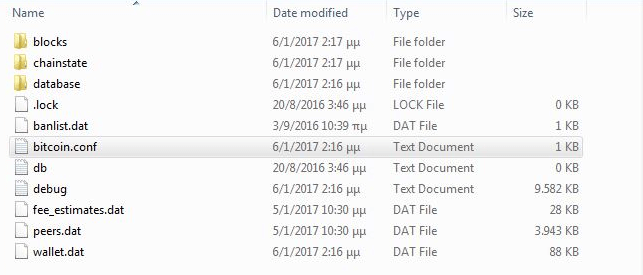
That’s it! Your config file is ready! Now you need to place this file into the relevant wallet data directory where you’ll find files and folders such as: wallet.dat, peers.dat, debug, blocks, chainstate, database etc.
Ok. config file is ready, what now? You don’t have to input anything in the config file until unless a situation calls like for example to add nodes or to solo mine. In fact technically you don’t need this config file for all your cryptocurrency wallets. This config file can be empty, can contain a single line of code or can have more than 100 lines. It all depends on your purpose. Also by default the GUI wallet overrides its settings with the one that is specified on the config file. Additionally, any command line options will override this config file.
Hope this helps. If you have any questions or having trouble adding specific lines of code into your config file then do specify it in comments section. We’ll walk you through.

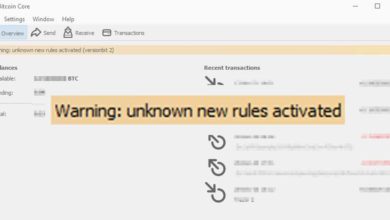
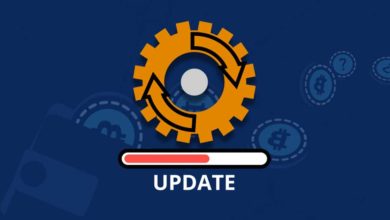
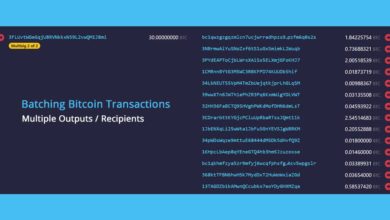
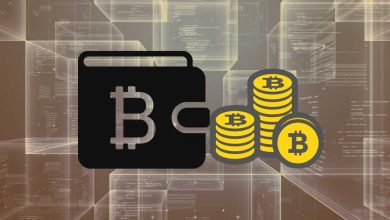
I have Bitcoin core running and I want to solo mine. What do I need to input in the config file to start solo mining?
I cannot get my Litecoin core to sync. I need to add nodes but can’t figure out how to do this. Everything was working until I did an Apple software update.
Hi, Try this https://coinguides.org/rescan-reindex-wallet/